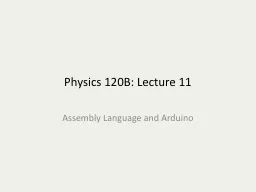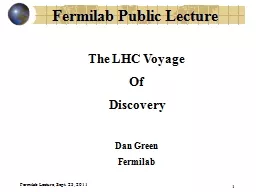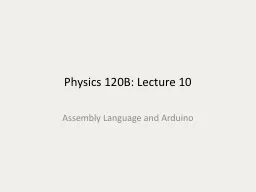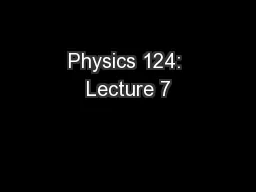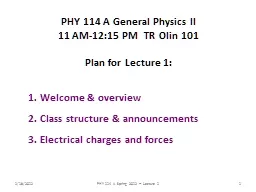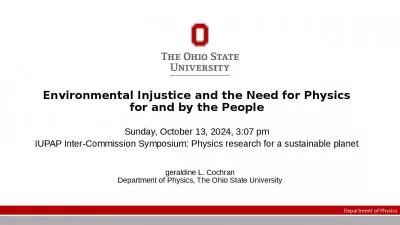PPT-Physics 120B: Lecture
Author : phoebe-click | Published Date : 2017-08-13
11 Assembly Language and Arduino Behind the C code or sketch C provides a somewhat humanreadable interface but it gets compiled into machine instruction set ultimately
Presentation Embed Code
Download Presentation
Download Presentation The PPT/PDF document "Physics 120B: Lecture" is the property of its rightful owner. Permission is granted to download and print the materials on this website for personal, non-commercial use only, and to display it on your personal computer provided you do not modify the materials and that you retain all copyright notices contained in the materials. By downloading content from our website, you accept the terms of this agreement.
Physics 120B: Lecture: Transcript
Download Rules Of Document
"Physics 120B: Lecture"The content belongs to its owner. You may download and print it for personal use, without modification, and keep all copyright notices. By downloading, you agree to these terms.
Related Documents

